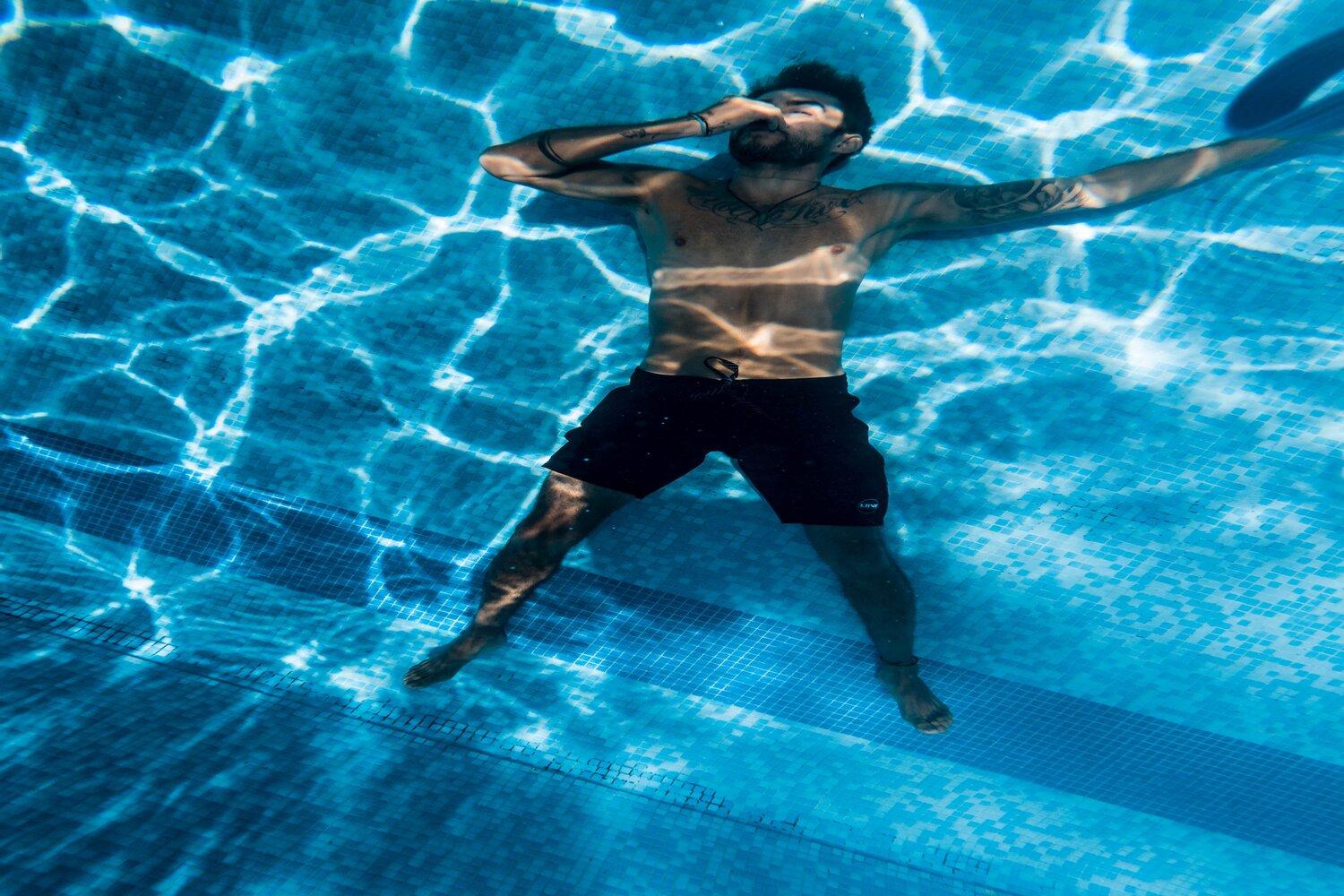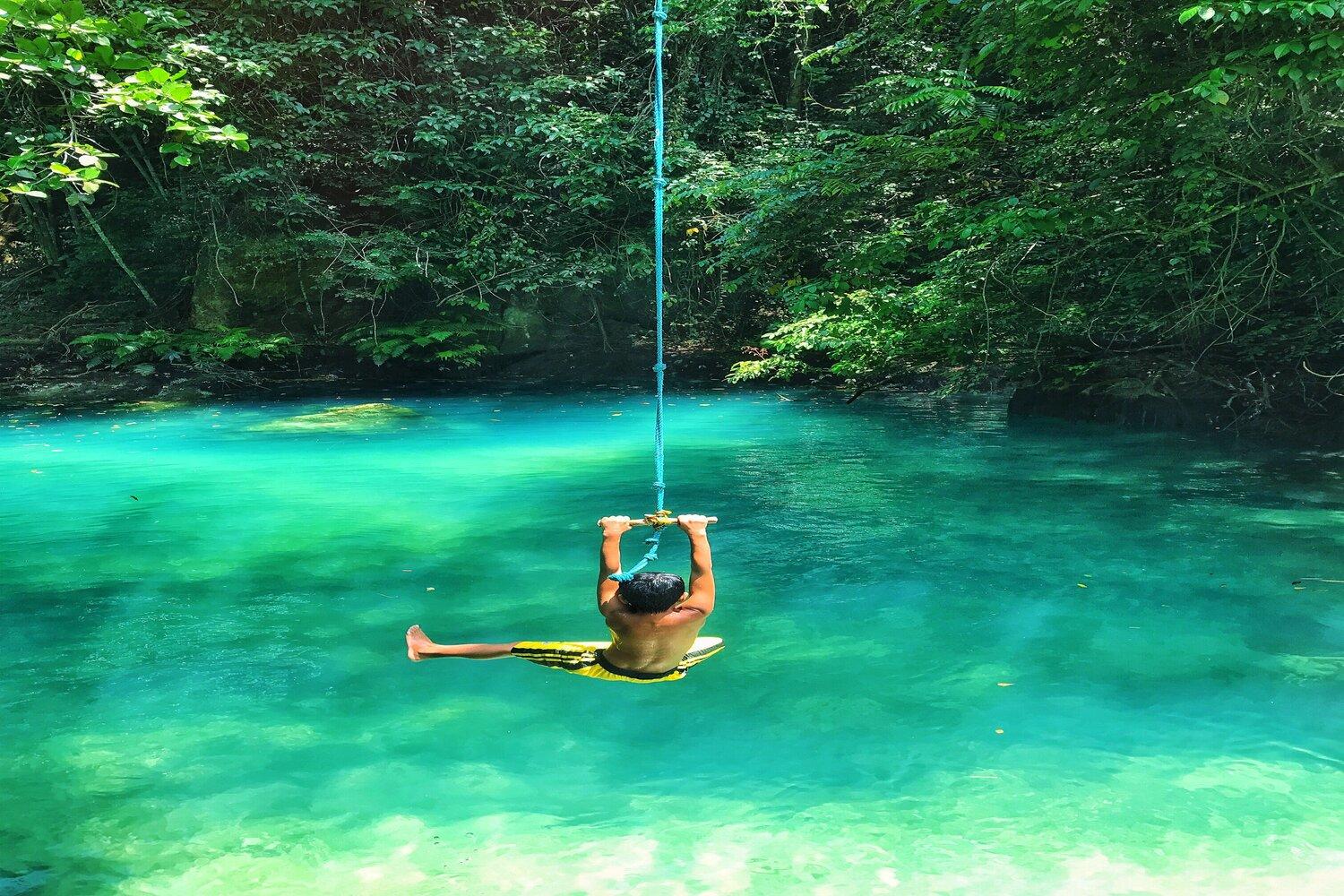Swimming on a hot summer day should be one of the world's most relaxing and exciting feelings. However, swimming is also a skill that gives you a promising career and saves your life in unlikely situations. When you learn to swim in Vancouver, you will enjoy various water activities with friends and family and will also not be afraid of getting into the water, no matter the circumstances.
In addition, swimming is also a great workout that can help strengthen your muscles, lungs, and heart and keep you healthy for a long time. So if you live in Vancouver and want to learn how to swim safely and effectively, this guide is just what you need.

A Step-by-Step Guide to Swimming
Become Comfortable in Water
Many people give up on swimming for fear of what could happen to them in the water. Yes, drowning and other water accidents could occur, but most of them could have been prevented by simple safety precautions, and learning how to swim could have saved a lot of people from drowning. See how a swimsuit can improve flexibility.

So in this first step, you must work on your fears and let them go. Get comfortable in the water with these guidelines.
- Begin your swimming exercises by mentally preparing yourself; keep in mind you have to enter the water because you have decided to learn to swim. Fear is psychological, and you can overcome it.
- You don't have to get into the pool at once; you can start by getting your feet wet, sitting by the edge of the pool, and letting your feet touch the water. So you can slowly build up your water confidence.
- Once your feet are wet, you can slowly submerge your entire body into the water.
- When your chest is deep in the water, splash your face first and only go underwater when you are comfortable.
- If you feel confident enough, take a deep breath and slowly go under the water; if your mind has gotten accustomed to the water, you can go in and out of the pool as many times as possible.
- Now you can start practicing the other steps to learn swimming without fear.
Practice Floating
In this step, you must first remember that your body is buoyant when your lungs are filled with air. So start by holding onto the pool's edge, lift your legs and let them freely float out behind you.
Next, practice on your stomach and your back; when you feel comfortable enough, you can practice at the shallow end of the pool without holding the edges of the pool or while holding on to an instructor or a friend.
It might feel weird to have your eyes and nose in the air and water in your ears, but it's normal, so you should get used to it. To gain extra stability, put your body in a T shape with your arms at right angles. If you feel panicked when swimming, especially in deep water, you should just let your body float and try to calm down before you resume swimming again.
Practice Exhaling in Water
Stay in the shallow end of the pool and take a deep breath before submerging your face; exhale with your nose or mouth until you are out of breath, and small bubbles will form. If you don't like exhaling through your nose, wear a nose plug so you can comfortably exhale through your mouth.

It would also help you wear goggles when swimming underwater to protect your eyes from the water and particles inside and to help you see clearly. Ensure the goggles are your perfect size, or water will get into them.
Get Used to Kicking
Once you have learned how to float in water, the next thing to practice is kicking; the most typical and common kick practiced by beginners is the flutter kick. You have to keep your legs straight while alternating them to make the kick movements.
The safest way to do this is by holding on to the edge of the pool, and the exercise aims to build strength in your legs and teach you how to move them in water. Once you can comfortably and confidently kick while holding onto the pool edge, you can take your hands off and practice while floating on your back in the pool's shallow end. These tips could help you stay safe in the water.
Learn how to Crawl
As a beginner, crawls are an excellent stroke to learn, and they will help you move quickly in water. You can learn to crawl using a backstroke, where you lay flat on your back and make the crawl motion with your arms while simultaneously doing a flutter kick with your legs. You can also try a front stroke by laying flat on your stomach and following the same procedure as the backstroke.
Tread Water
This technique is vital because it can help you keep your head up and catch your breath without swimming. First, do the leg kicking and scull with your hands to keep a balance; imagine your forearms are butter knives spreading on a piece of toast and keep them flat on the water.
Then move one arm after the other, the first in a clockwise direction and the second in an anticlockwise direction.
Come up From the Bottom of the Water With Your Hands
As a beginner, you must learn how to come up from the bottom of the water so you can always stay safe when learning to swim. Use your arms properly by putting them straight above your head and quickly bringing them to your sides. Repeat this until you are on the water's surface.
Try Advanced Strokes
Now that you are more comfortable with water, you should try advanced strokes such as the butterfly stroke, sidestroke, breaststroke, dolphin stroke, etc. They will help you build strength and speed in water as you progress.
Learn how to Dive
Diving is always a fun and exciting way to get into the water, so you should learn it by starting with a basic dive. When you learn the basic dive, you move on to more advanced ones like rolling, swan, and back diving. The water should be about 10 feet high before you attempt a dive, and for tall people, at least 12 feet high.
Get Prepared for Unlikely Situations
A critical aspect of learning to swim is to prepare for unlikely situations, there maybe be mistakes and accidents in the pool, and you won't always get a pool to swim in. You might find yourself in an ocean someday.
So it would help if you learned how to respond to emergencies, how to act when you are in a difficult situation and need help and then progress further to learn how to swim in floating water like a river or ocean.
See if swimming has any health benefits.
Do you Need Another Person to Learn to swim?
Yes, even though some people prefer to do things on their own or don't have anyone to bring with them when learning to swim. It is vital to take someone along as a beginner unless you have an instructor to help you.

This is to avoid and reduce the occurrence of accidents. In addition, the person you are taking with you should know how to swim or at least have basic knowledge of swimming. So they can help you in case of emergencies.
Overall, it is better to learn to swim in a group, so you can be encouraged by the progress of other learners and wouldn't have to drag someone along with you whenever you need to practice swimming.
What Can a Swimming Coach do for me?
A swim coach can teach and train you to become better at swimming. With swim coaches, your age, fitness, skill level, and fear wouldn't be an issue because they will do their best to make you what you are supposed to be at the stipulated time. See where to find a coach for swimming lessons in Toronto.
If you want to become a professional swimmer someday, an expert swim coach will go a long way in helping you advance in your career. Here are the various ways a swim coach can help you when learning to swim.
- Determine your skill level and abilities before setting up a training program.
- Teach you numerous swimming techniques and strokes.
- Create and implement swimming lessons that improve speed, technique, stroke placement, and style.
- Use a range of activities to enhance your water confidence.
- Set up training goals and objectives and a time frame to achieve them.
- Help you perfect your skills like kicks, flips, floating, body rolls, and breath control.
- Ensure the pool training center is conducive and you are safe at all times.
- Record training sessions to determine progress and improvements.
The Best Coach for Swim Lessons in Vancouver
If you are just getting started with swimming, there may be many moments of confusion as you wouldn't know what you are doing wrong and what you should learn at the right time.
In addition, some people don't have anyone to always accompany them to the pool, so they go alone even though it is dangerous. While others easily give up due to a lack of encouragement and motivation. You must know that despite the numerous swimming lessons online and in this guide, the importance of a swim coach cannot be over-emphasized.
So if you need a companion and a trainer for your swim lessons, consider hiring a coach from Superprof. The platform has numerous well-trained and qualified coaches for you, and whether you need an online, in-person, group, or private swim lessons, there is a reliable coach for you on Superprof.















